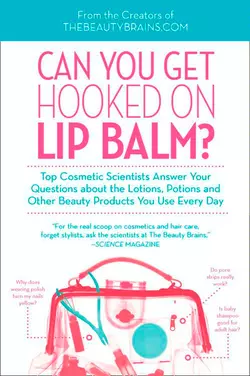Can You Get Hooked On Lip Balm?

Perry Romanowski
Тип: электронная книга
Жанр: Спорт, фитнес
Язык: на английском языке
Стоимость: 305.03 ₽
Статус: В продаже
Издательство: HarperCollins
Дата публикации: 16.04.2024
Отзывы: Пока нет Добавить отзыв
О книге: Why does my shampoo stop working? Are my cosmetics poisoning me? What does hypoallergenic mean? Are organic products better? Every day thousands of people turn to the scientists at the popular blog TheBeautyBrains. com for answers to their most pressing beauty questions.In Can You Get Hooked on Lip Balm?* you′ll learn how cosmetic products work, what advertising claims actually mean, and how to make smarter buying decisions. You′ll discover that:– Salon products are not necessarily better than products you can buy in the store.– Some of the most expensive cosmetics are made by the same companies that make the less expensive brands, and often the same formulas are used in both.– You do not need to spend hundreds of dollars to look and feel good. You′ll also find:– 4 ways to tell if your cosmetic has expired- 5 home beauty gadgets that really work- 4 easy tips to longer, stronger nails – and much, much more! *You can! See chapter 6.